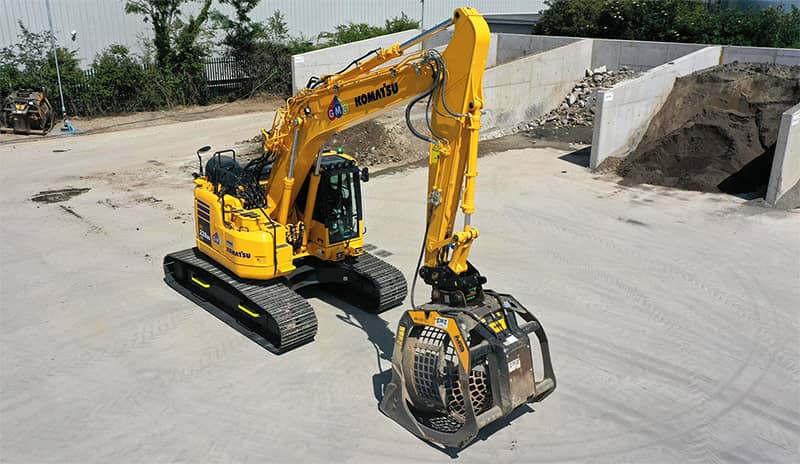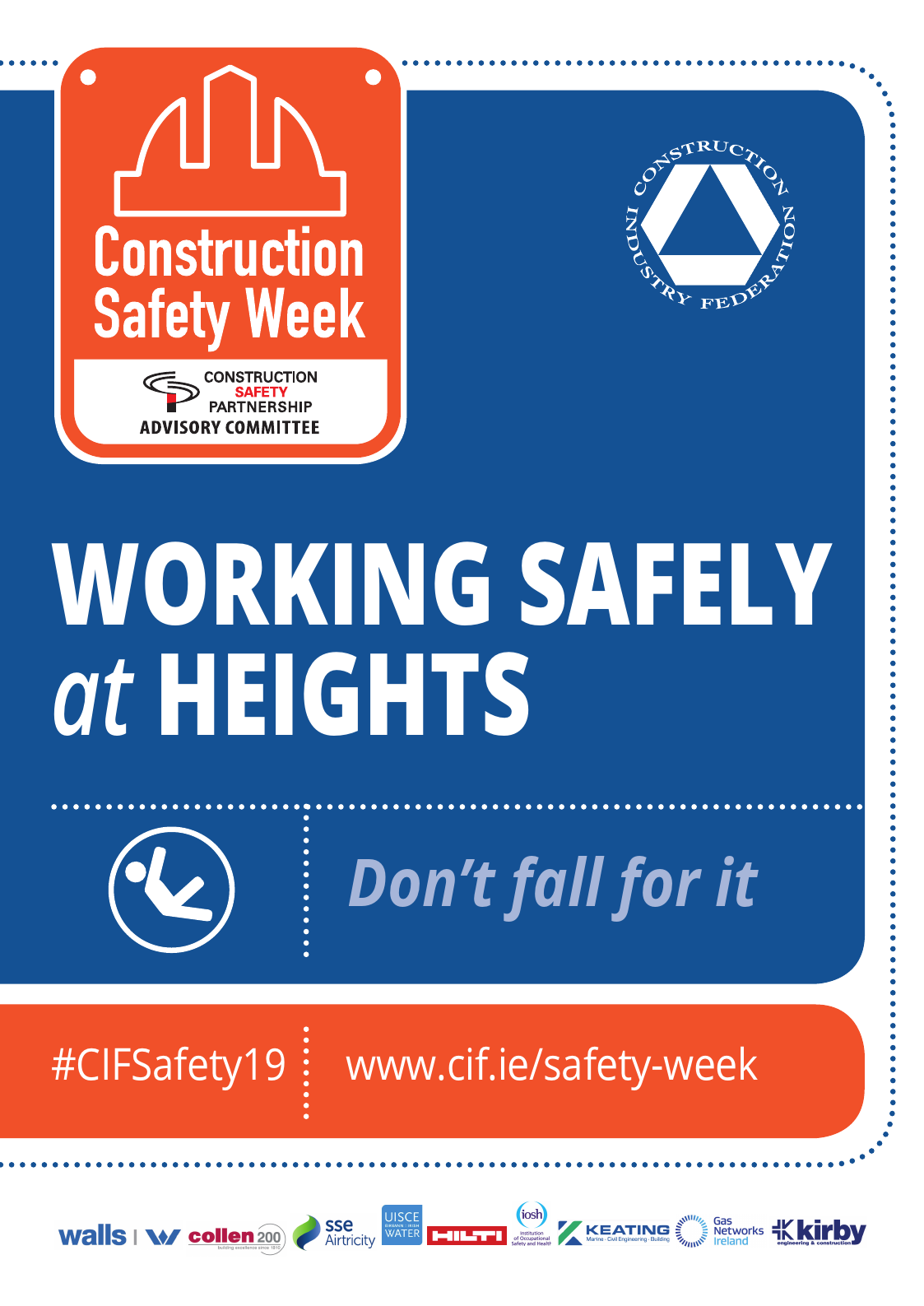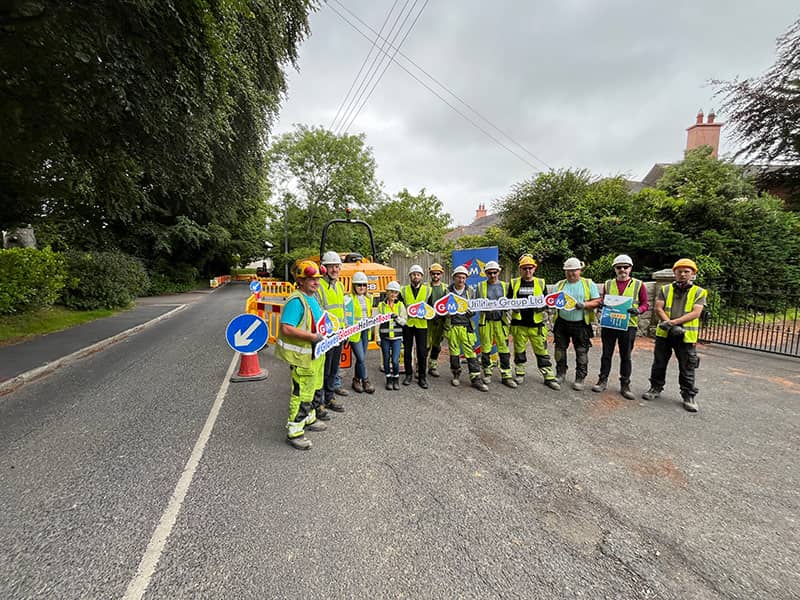




Working at height is one of the recurring cause of fatalities and serious injury in Ireland. A review of construction-related fatal accidents, as undertaken by the HSA for years 1989 to 2016, identified falling from height as the single most common cause of fatal accidents. The findings demonstrated that 40% of all deaths in the construction sector, and 49% in non-construction businesses engaged in construction were attributable to working at height.
According to the HSA, working at height is defined as “work in any place, including a place at, above or below ground level, where a person could be injured if they fell from that place. Access and egress to a place of work can also be work at height”. The key messaging from the HSA to ensure safe working at height is as follows:
Carry out risk assessments for work at height activities and make sure that all work is planned, organised and carried out by a competent person;
Follow the ‘General Principles of Prevention’ for managing risks from work at height, taking steps to avoid, prevent or reduce risks;
Chose appropriate work equipment and prioritise collective measures to prevent falls (such as guard rails and working platforms) before other measures which may only reduce the distance and consequences of a fall (such as nets or airbags) or may only provide fall-arrest through personal protection equipment.
GMC will be delivering TBT’s across all projects on Working Safely at Heights with a particular focus on Work at Height risks and controls when working around excavations, sewer man entry and surveying works.
#CIFSafety19



